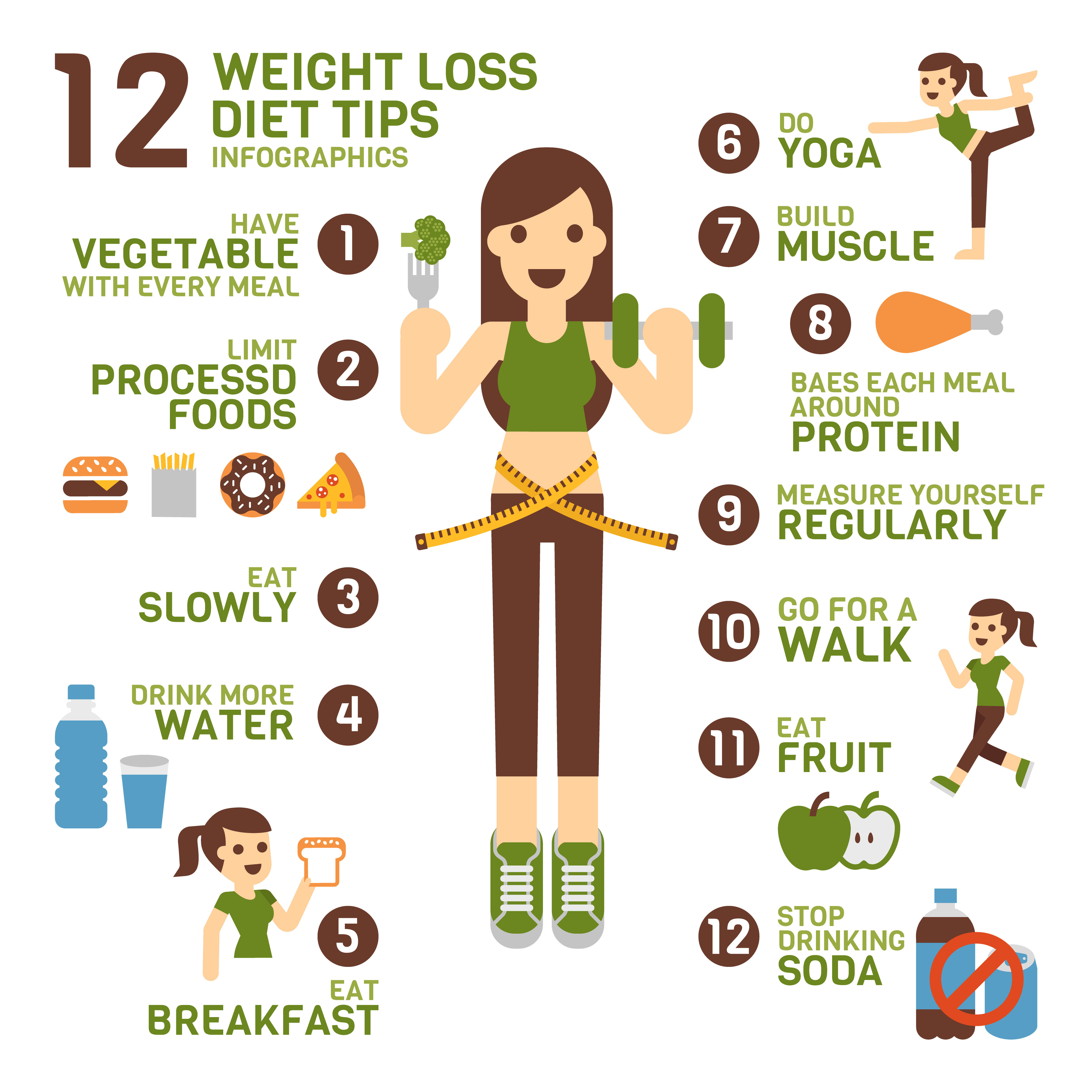

If lifestyle changes do not help you lose weight or maintain your weight loss, your health care professional may prescribe medications as part of your weight-control program. Prescription medications to treat overweight and obesity
#WEIGHT LOSS METHODS AT HOME HOW TO#
Tips on how to choose a program that may help you lose weight safely and keep it off over time. These activities will be easier to stick with over the long term.Ĭommon treatments for overweight and obesity include losing weight through healthy eating, being more physically active, and making other changes to your usual habits.Ĭhoosing a safe and successful weight-loss program See what you enjoy most and can fit into your life. Try a variety of activities such as walking, swimming, tennis, or group exercise classes. Keep in mind everyone is different-what works for someone else might not be right for you. Also think about how to prevent setbacks in similar future situations. When setbacks happen, get back on track as quickly as possible. Setting unrealistic goals, such as losing 20 pounds in 2 weeks, can leave you feeling defeated and frustrated.īeing realistic also means expecting occasional setbacks. But “I will walk 15 minutes, 3 days a week for the first week,” is specific and realistic. Effective goals are -įor example, “exercise more” is not specific. Maybe your long-term goal is to lose 40 pounds and to control your high blood pressure. Short-term goals might be to drink water instead of sugary beverages, take a 15-minute evening walk, or have a vegetable with supper.įocus on two or three goals at a time. Set short-term goals and reward your efforts along the way. Ask for a follow-up appointment to monitor changes in your weight or any related health conditions. This may include referral to a registered dietitian and other clinical or community programs, federally approved medications or devices, or surgery. If you have a chronic condition or a disability, ask your health care provider for resources to support healthy weight. For example, does your work or travel schedule make it hard to get enough physical activity? Do you find yourself eating sugary foods because that’s what you buy for your kids? Do your coworkers often bring high-calorie items, such as doughnuts, to the workplace? Think through things you can do to help overcome these challenges. Identify things that might pose challenges to your weight loss efforts. This can also help identify areas where you can start making changes. Tracking physical activity, sleep, and emotions can also help you understand current habits and stressors. Being more aware of what you eat and drink will help you avoid mindless consumption.

Write down everything you eat and drink for a few days in a food and beverage diary. Post these reasons where they serve as a daily reminder of why you want to make this change. Writing it down can confirm your commitment. Whether you have a family history of heart disease, want to see your kids get married, or want to feel better in your clothes, write down why you want to lose weight.

Losing weight takes a well-thought-out plan. If you are concerned about your weight or have questions about your medications, talk with your health care provider.

Sleep, age, genetics, diseases, medications, and environments may also contribute to weight management. People with gradual, steady weight loss (about 1 to 2 pounds per week) are more likely to keep the weight off than people who lose weight quickly. Instead, it involves a lifestyle with healthy eating patterns, regular physical activity, and stress management. Healthy weight isn’t about following a diet or program.


 0 kommentar(er)
0 kommentar(er)
